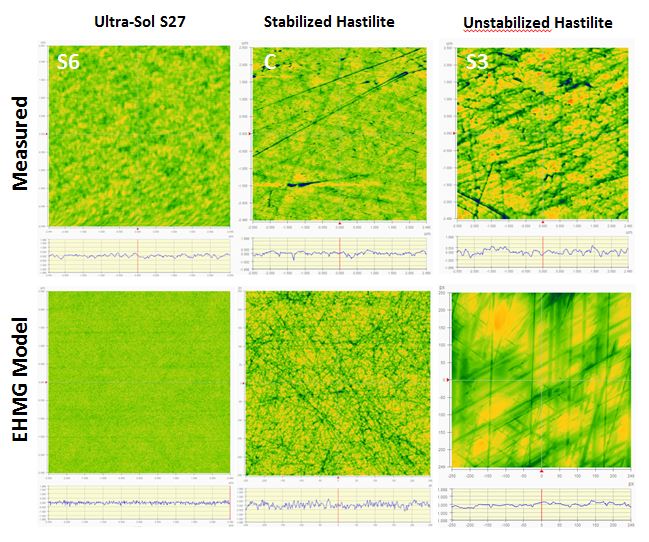Tayyab Suratwala (14-ERD-042)
Abstract
Optics with low-scatter and high-damage-threshold surfaces are important for high-peak-power and high-average-power laser systems. In addition to enabling the higher fluence (power density) and higher power operation of these systems, optics with such improved surfaces could also provide greater flexibility in designing future lasers. Techniques recently developed to improve the damage thresholds of glass optics have done so at the expense of surface smoothness, which is significantly degraded as a result. The need therefore exists for processes to produce low-roughness optics, with reduced light scatter, reduced laser contrast, and improved laser-damage resistance. In this project, we will develop a scientific understanding of the microscopic and molecular interactions that occur during polishing and post-processing, and how they influence the roughness of glass surfaces. This investigation will include a thorough study of the microscopic interactions occurring during polishing and post-chemical treatments. We will then use our new knowledge to develop cost-effective methods to achieve very low roughness—that is, near-atomic-level smoothness—on optical glass surfaces both before and after post-processing.
Our major deliverables are a science-based understanding of the microscopic- and molecular-level interactions occurring during polishing and post-processing—with an emphasis on the creation, control, and prediction of roughness—and novel, low-cost processes to achieve low-roughness surfaces during polishing and after post-processing. Our processes will be compatible with other novel finishing processes, such as convergent polishing.
Mission Relevance
By aiding in developing improved finishing processes for advanced laser optics—delivering lower surface roughness, reduced optical scatter, and potentially greater resistance to high-fluence laser damage—this project supports Lawrence Livermore's mission in stockpile stewardship science and its core competency in lasers and optical science and technology.
FY15 Accomplishments and Results
In FY15 we (1) developed a more detailed understanding of the formation of the Beilby layer (the amorphous layer formed on a material's surface by wearing or polishing) by measuring the chemical and mechanical surface properties of different polished glasses; (2) developed a quantitative model to explain the deposition of impurities either by diffusion, for alkali metals, or by the chemical-redeposition-controlled hydrolysis and condensation reaction ratio, for rare earth particles; (3) quantified the removal function resulting from a single polishing particle as a function of load for various glasses using an atomic force microscopy nanometer-scale scratching technique, with the intent to use this as an essential input to simulate the roughness of polished surfaces; and (4) developed a new polishing model to explain influence of pad topology as well as slurry particle-size deposition on polished surface roughness (see figure).
Publications and Presentations
- Suratwala, T., “Charged micelle halo mechanism for agglomeration reduction in metal oxide particle based polishing slurries.” Colloid. Surface. Physicochem. Eng. Aspect. 447, 32 (2014). LLNL-JRNL-644902. http://dx.doi.org/10.1016/j.colsurfa.2014.01.061
- Suratwala, T., “Convergent polishing: A simple, rapid, full aperture polishing process of high quality optical flats and spheres.” JoVE (2014). LLNL-JRNL-648661. http://dx.doi.org/10.3791/51965
- Suratwala, T., “Microscopic removal function and the relationship between slurry particle size distribution and workpiece roughness during pad polishing.” J. Am. Ceram. Soc. 97, 81 (2014). LLNL-JRNL-635673. http://dx.doi.org/10.1111/jace.12631






